Mesitornis
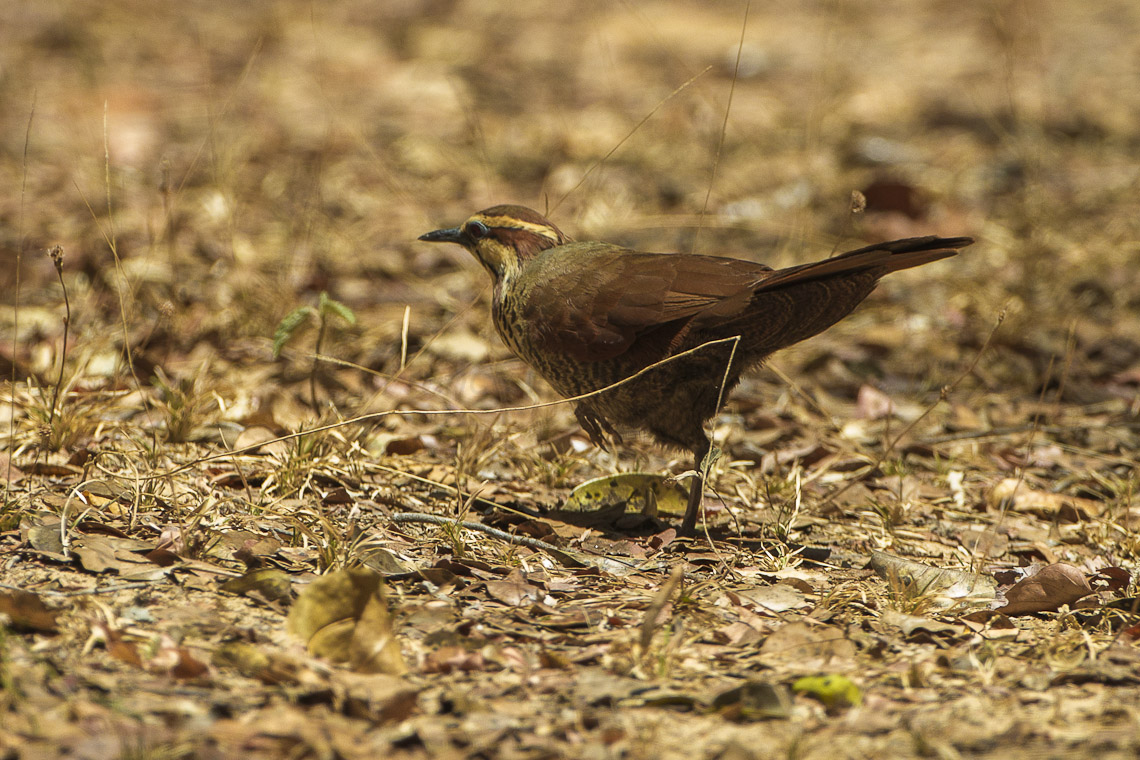
White-Breasted Mesite by Francesco Veronesi, CC BY-SA 2.0
Etymology: Mesites
First Described By: Bonaparte, 1855
Classification: Dinosauromorpha, Dinosauriformes, Dracohors, Dinosauria, Saurischia, Eusaurischia, Theropoda, Neotheropoda, Averostra, Tetanurae, Orionides, Avetheropoda, Coelurosauria, Tyrannoraptora, Maniraptoromorpha, Maniraptoriformes, Maniraptora, Pennaraptora, Paraves, Eumaniraptora, Averaptora, Avialae, Euavialae, Avebrevicauda, Pygostaylia, Ornithothoraces, Euornithes, Ornithuromorpha, Ornithurae, Neornithes, Neognathae, Neoaves, Columbaves, Columbimorphae, Mesitornithiformes, Mesitornithidae
Referred Species: M. variegata (White-Breasted Mesite), M. unicolor (Brown Mesite)
Status: Extant, Vulnerable
Time and Place: Within the last 10,000 years, in the Holocene of the Quaternary


The Mesites live on the island of Madagascar
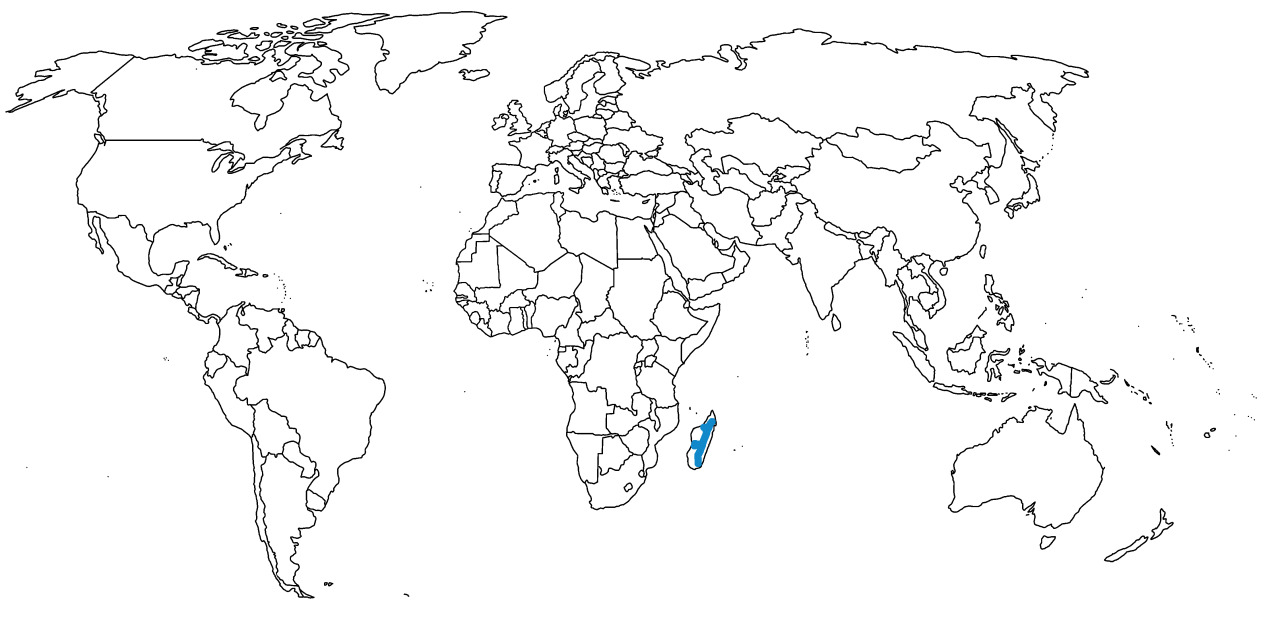
Physical Description: Mestites are a small group of very unique ground-dwelling birds, very elongate in shape and almost a little pigeon like in terms of the appearance of the head - really, they look like what you’d get if you crossed a roadrunner with a pigeon. And, in a way, they kind of are - mesites are closely related to pigeons, and in the same general group as roadrunners! These birds have slender bodies with long, thick tail feathers; they also have medium-length, slender legs, and tiny little heads with short, pointed beaks. They are, in general, brown in color, though the two species differ greatly in terms of variation on that brown theme. They range in size from 30 to 31 centimeters in length, with the sexes similar in size and plumage across both species.
Diet: The mesites eat primarily invertebrates from the forest floor, though sometimes plants are also eaten.
Behavior: Mestites feed in small groups on the forest floor, gathering insects and other invertebrates from the leaf litter and low lying vegetation. They also will probe their beaks into the soil to get food, as well as thrash leaves to get food in that fashion. Families usually forage together, in groups of two to three birds which walk around slowly together, meandering through the forest for food. Though ground-dwelling birds with noticeable legs, they aren’t very fast; they also are unable to fly to get food.
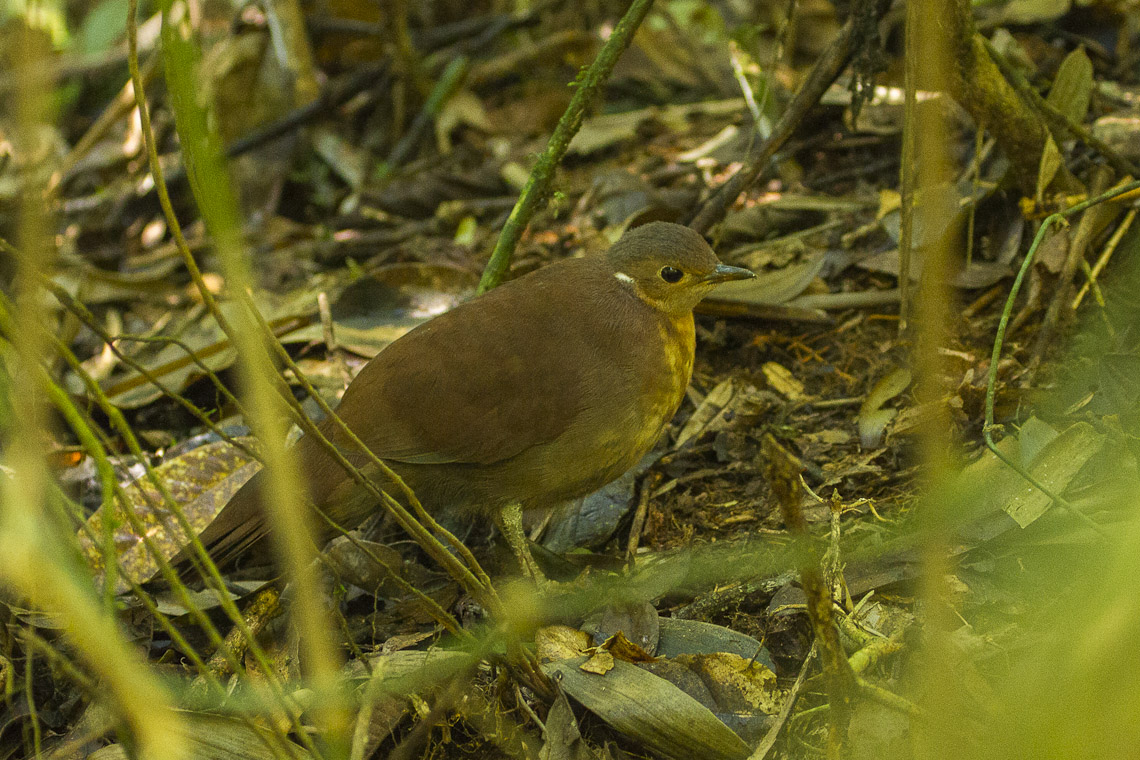
Brown Mesite by Francesco Veronesi, CC BY-SA 2.0
Still, these are extremely loud and vocal birds, with songs of loud whistles made in duet with each other, that accelerate as the song goes on, becoming a very excited trill. They can also make quiet calls between apri members like chicken clucks, when they don’t want to draw attention to themselves. They are especially responsive to calls made by other birds, to the point of responding to call echoes.
The Mesites nest from October through April, with the peak of breeding occuring in November; they make nests out of platforms of slender twigs with some grass, usually placed in sloping trees. The clutches have one to two eggs, with a few clutches laid per breeding season; the females do most of the incubating, though the males do help out, and incubation lasts for nearly a month. The chicks are very red-brown and puffy, and the parents take care of the young for a long time - the whole group living together as a family for a while. They don’t do any migrating, staying near where they were born for most of their lives. There might be some movement based on altitude and food availability. These birds are extremely secretive, and rarely spotted in the wild.
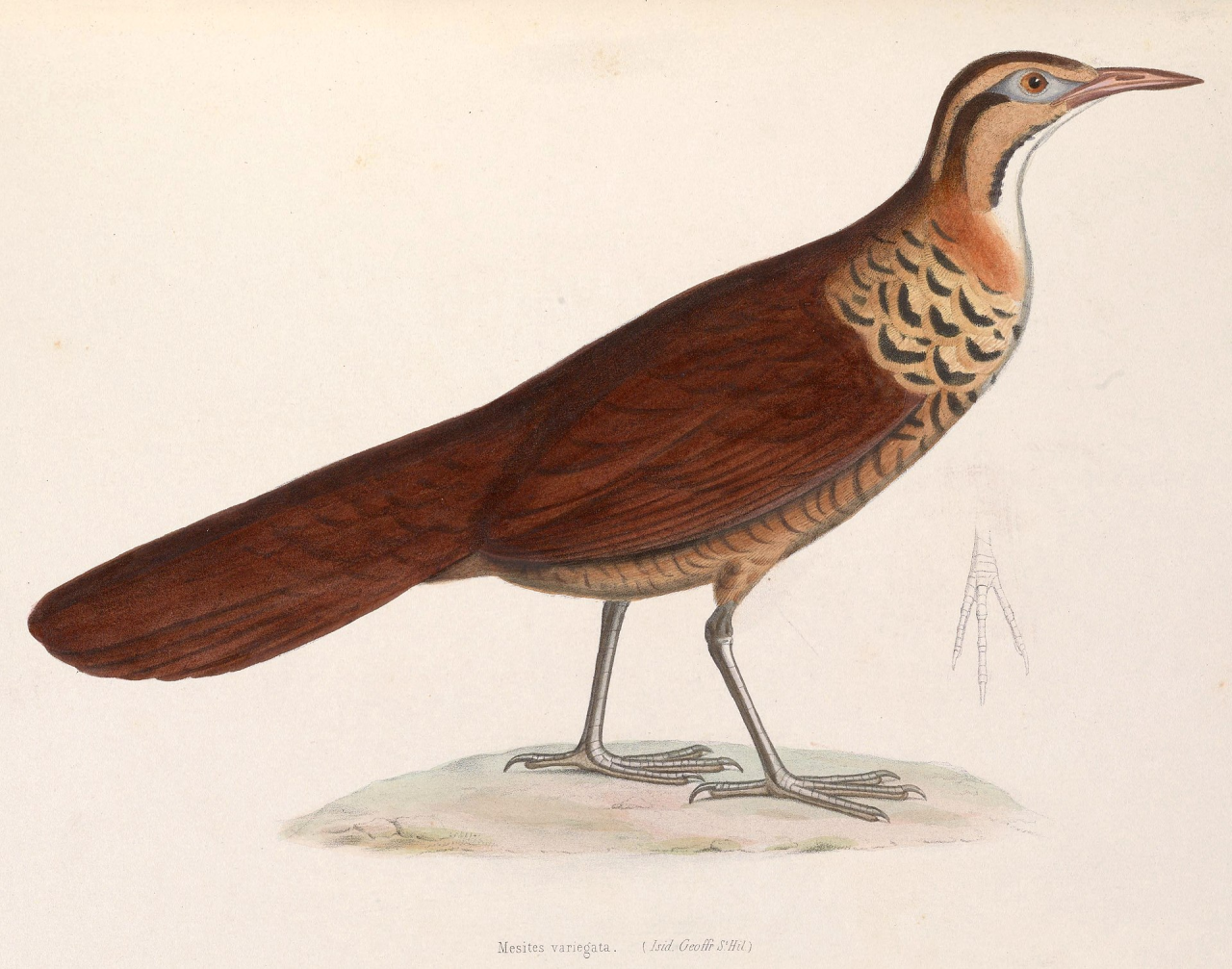
White-Breasted Mesite
Ecosystem: Mesites live in humid forests with dense leaf litter and few herbs or saplings, especially such forests on steep slopes at lower altitudes.
Other: The Mesites are vulnerable to extinction for a few reasons - limited ranges, patched habitat, and predation by dogs and humans. The forest habitats they call home have also been extensively reduced by logging and agriculture. Forest fires, in turn, greatly affect this bird. Conservations efforts are minimal, but ongoing.
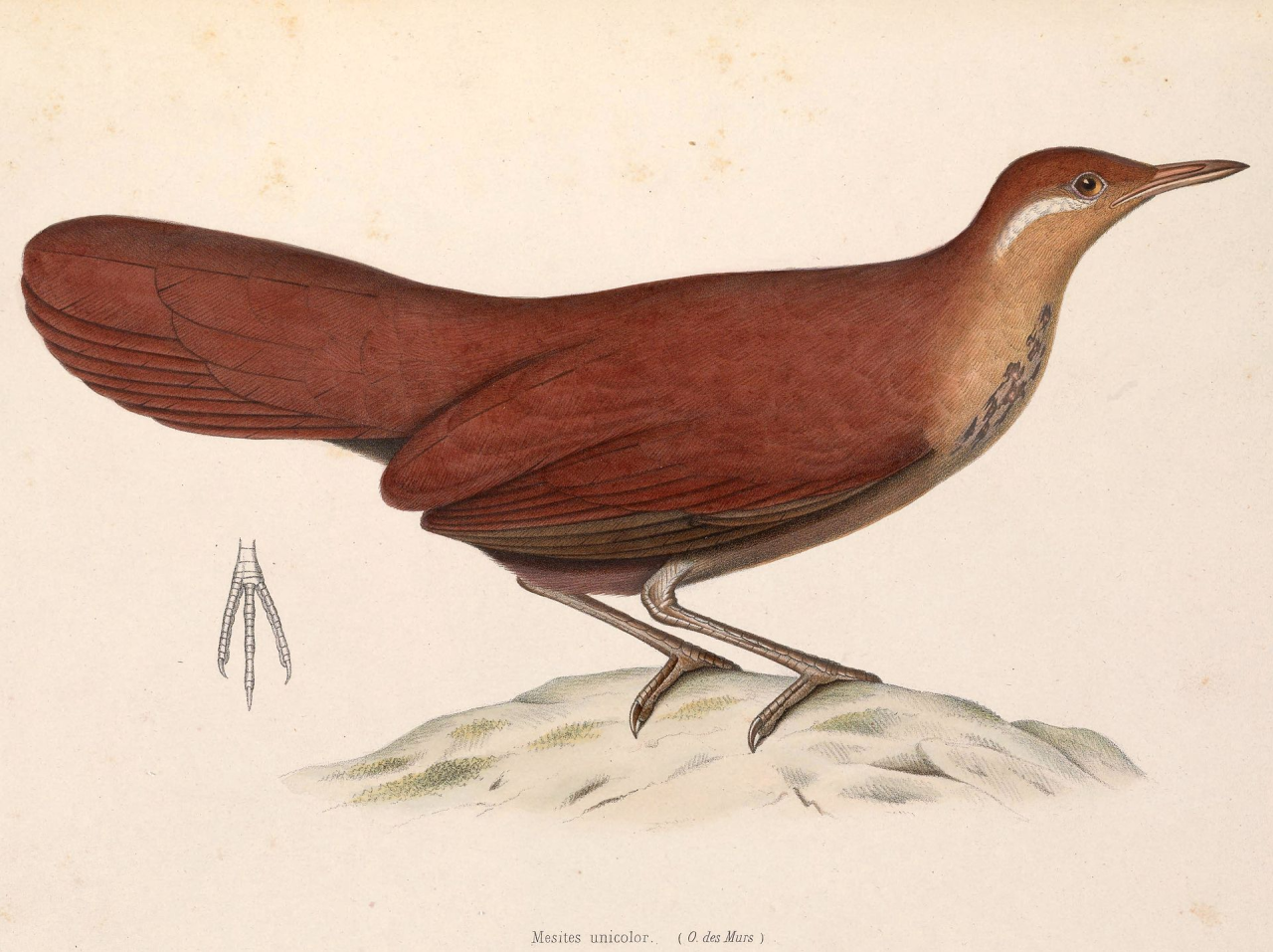
Brown Mesite
Species Differences: These species differ primarily in terms of appearance. The Brown Mesite is chestnut brown on its back and tail, with a light orange belly and reddish patches on the neck. Its head is a darker brown, with a white sprite up to the eye. The White-Breasted Mesite is a more chocolate brown on its wings and tail, with a greenish-brown color on its back; its rump is brown and black striped, while its breast is white with black spots, anda light brown stripe at the base of its neck. Its head is brown and beige striped, as well.
~ By Meig Dickson
Sources under the Cut:
Evans, M.I., Hawkins, F., Duckworth, J.W. & Kirwan, G.M. (2019). Brown Mesite (Mesitornis unicolor). In: del Hoyo, J., Elliott, A., Sargatal, J., Christie, D.A. & de Juana, E. (eds.). Handbook of the Birds of the World Alive. Lynx Edicions, Barcelona.
Evans, M.I., Hawkins, F., Duckworth, J.W., Kirwan, G.M. & de Juana, E. (2019). White-breasted Mesite (Mesitornis variegatus). In: del Hoyo, J., Elliott, A., Sargatal, J., Christie, D.A. & de Juana, E. (eds.). Handbook of the Birds of the World Alive.
Jobling, J. A. 2010. The Helm Dictionary of Scientific Bird Names. Christopher Helm Publishing, A&C Black Publishers Ltd, London.
Prum, R.O. et al. (2015) A comprehensive phylogeny of birds (Aves) using targeted next-generation DNA sequencing. Nature 526, 569–573.
















